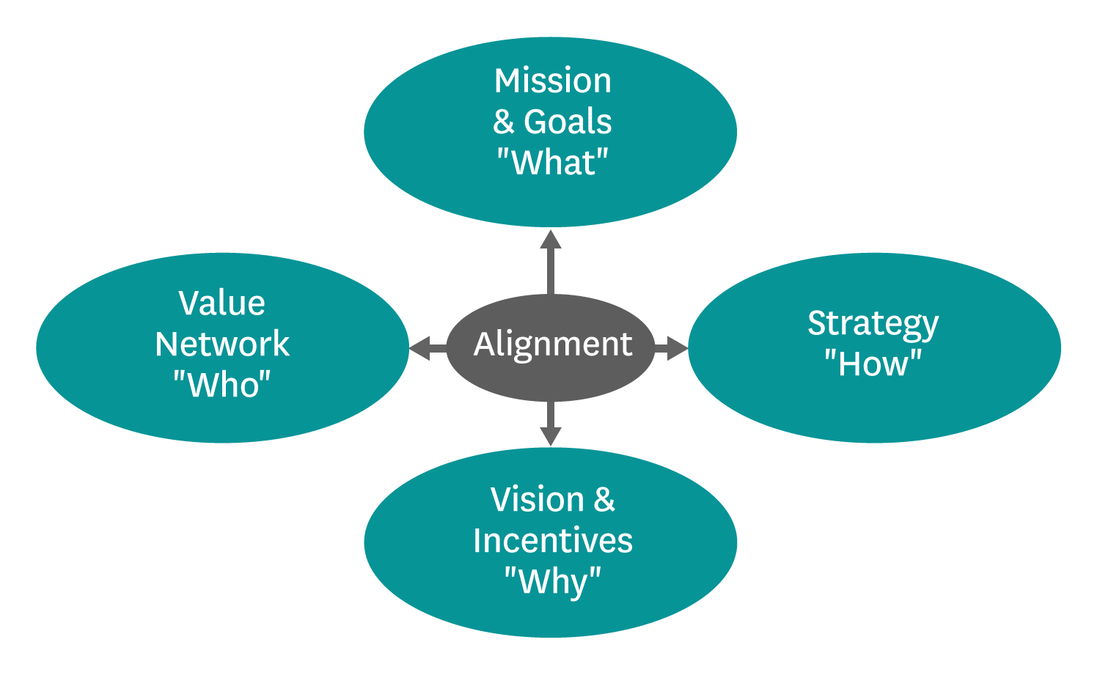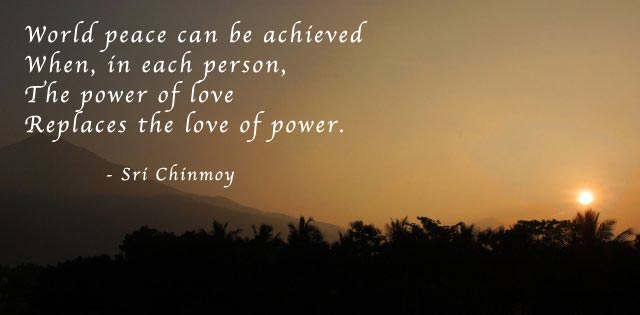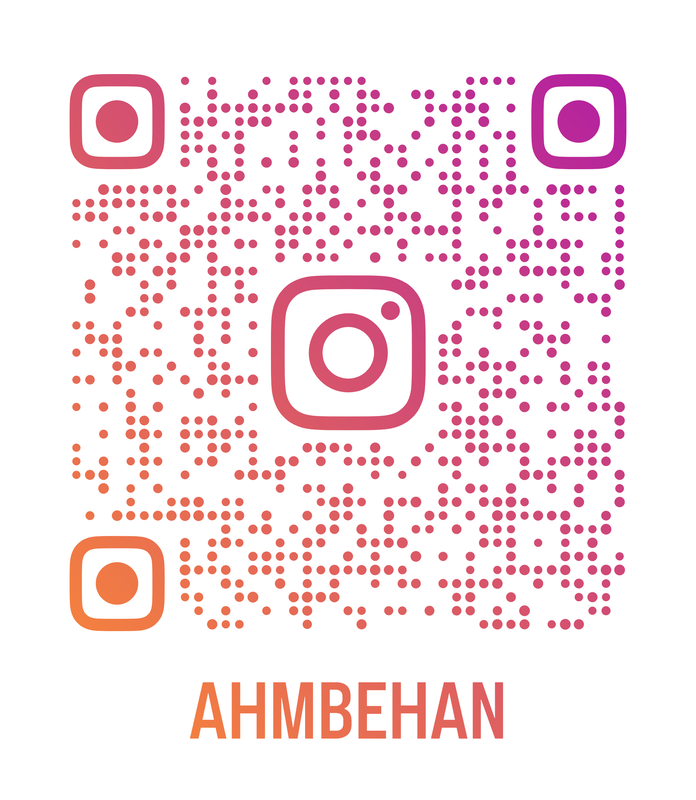|
The thought of seeing someone cry used to trigger anxiety, because I was afraid to feel my own sadness; I feared the enormity of what I held inside, and because revealing my true feeling meant allowing a certain vulnerability that I believed would make me weak and defenseless to anyone trying to hurt me; I had been bullied enough times, in enough places, to understand the importance of my defenses. I also felt like there was something wrong with me for not being able to be with sadness, and not knowing how to support others in their sadness; as a teenager, I felt inadequate as a friend and in conflict with myself because I wanted to be okay with feeling sad but my fear inhibited me.
To be able to overcome this fear I needed to learn that my sadness was acceptable and that I was strong enough to be with the tidal waves I felt certain I had suppressed. The difficulty is, you don’t get a 'taster session' on sadness, you just decide you are ready to feel, and when you decide, the challenge is allowing yourself to be with whatever arises, however big or overwhelming it is; it is a true act of surrender, and of letting go of control of yourself. The ability to overcome this fear is within your power, because self-acceptance is a choice we make for ourselves, and bravery is a choice we make when we want something enough. It took me a long time to embrace my full emotional world, and when I did, I realised that yes it is as intense and overwhelming as I thought it might be, and, it is beautiful and rewarding because when we suppress the emotions that we do not want to experience, we also dampen and shut ourselves off from so much joy and happiness. However, I also learned that my fear element had been greatly misinformed because although my sadness was intense, and grieving aspects of my life where I needed to feel anger, loss and further sadness was painful, in reality, there was nothing about it to fear because emotion is just emotion, it flows like waves rising, falling and flowing into the shore to be absorbed by the body of the Earth. We are touched by our emotions, but we are not destroyed or broken by them, we just feel them and when we do, they move through us, and then we find ourselves on the other side of that motion, and there is a new calmness. How to be with sadness:
0 Comments
How many of your employees understand your vision and strategy, and how many of them are on board?
Getting your people excited about and supportive of your vision means providing a clear picture of where your organisation wants to get to, and what it will look like when it gets there, it means sharing your passion, being transparent about the risks and challenges that may be involved and how you will support your people through this, and most importantly, it is explaining why you believe in your strategy and the successful realisation of your dream. Communicate your vision: Do place the key vision statement in the office, boardroom, in emails, and within your social spaces, because this keeps the goal fresh in mind when the day-to-day business can too easily distract from what all the work is happening for, but know that getting people on board requires more than this. For people to really understand what you are striving for, and how you are going to achieve this, they need to what success actually looks like, what it means for them, and they need to understand the strategy and collaborate in working towards this objective with you. Define what success looks like: how will you all know when success is attained, how will all your employees know, and how will it evidence as a success for everyone involved in the effort of creation? Align individual successes with the global vision of success: When you align the meaning of success, at the company level, with the meaning of success for each individual, in relation to their own goals, you cultivate an environment of motivated and actively committed people, who are invested in your success. Make your strategy simple: You want everyone to understand the key elements of your strategy. When the plan is simple, easy to understand, and leaves no room for interpretation, this allows everyone to clearly recognise how their role will contribute to implementing and supporting your strategy, fueling a sense of meaning and purpose in their role, and enabling them to make clear distinctions on what are the priorities for their department and where to ensure alignment with other departments. Make it Measurable: a sound strategy has measurable goalposts so that advancement towards your objective can be monitored along the way. This gives everyone a clear feeling of progress when things are going well. When obstacles do occur and cause a detour from the strategy, or when putting out the daily fires of business-as-usual starts taking over, when the strategy is clear, people are able to quickly identify the detour, the need to let some things go, increase resources or make adaptions, and bring everyone back into alignment with the strategy quickly. Get your people involved: when you invite input, you incorporate your people, so they are no longer just building your vision, they are building their vision, and as a result, they are more likely to have a stronger active interest in the collective success. When you invite input, your people are more likely to give time to brainstorming ideas to help identify how to align your strategy through the business levels, offering the potential for possibilities that you may not have considered, and sharing perspectives from angles you may not have access to because your company is just too large. Facilitate Alignment: Too often departments are working to their own agenda, pursuing departmental ideas that they believe will contribute to the global vision, but due to misalignment with other departments, who are working on their own ideas to support the global vision, time is lost, conflicts occur, bottlenecks happen, and the system is simply not as efficient as it could be, and often a source of frustration for many team members, sometimes leading to loss of skilled and valuable employees. Making time to invite people to co-create the process of strategy alignment creates a platform for improved communication and collaboration, a positive working environment, increased feelings of possibility, and improved overall efficiency so that your company works like a polished Rolls Royce engine where all parts and in synch with each other. How can a coaching psychologist facilitate this process for you? Step One: Working with the CEO and senior leaders to identify how the vision is clearly communicated, facilitating the creation of a clear, simple, and measurable strategy, and identification who needs to be involved in co-creating and maintaining the alignment of the strategy throughout the company. Step Two: Coaching your senior leaders and managers on solutions to align and integrate your strategy. This may involve, co-creating a strategy alignment team to work cross-departmentally, and improving management and leadership capabilities, including communicating clear expectations on performance, regularly updating on priorities and goals, inviting direct reports to demonstrate how what they do contributes to the strategy, coaching skills to drive a culture of individuals who take ownership of their role and responsibilities, active listening skills, effective delegation skills, and improvement of organisation and time management. In addition, psycho-education is offered to support psychological well-being, emotional regulation and work-life balance matters, to support the wellness of your people, and to ensure your valuable people stay with you, through the personal and business challenges, to share in realising your collective stories of success. There are many ways to get through this, and each person has the right to choose their own path. I advocate for the loving path, which means that the way we get through this pandemic is with acceptance, compassion, and kindness. Through my own social groups, I have experienced a division, a ‘them and us’ mentality that manifests its strongest force through the vaccination debate. I am not going to engage in a ‘right’ or ‘wrong’ discussion here, what I am going to do is highlight that there are many ‘them and us’ debates occurring in our world right now; religious divides, race divides, gender divides, academic divides, financial divides, hierarchical divides, health divides, drinking and driving divides, and underlying all of these dividing factors is one common theme: fear. When I accept my religious truth, when I accept my ethnicity, when I accept my gender, when I accept my level of academia, state of health, financial status and perceived positioning in my world, and when I accept and take ownership for my choices, then I have no fear of judgement because I am okay with me. When I accept that I cannot control the choices other people make, that may or may not have consequences for me or my loved ones, then, although I may at times feel angry, I can choose to release my anger, because I cannot control others or what has been, and I cannot make a judgement on the choices made by each individual, because I do not their story; the reasons behind the choices made. Should understanding on individual choices be brought to light, I may develop a new perspective that alters my judgement and dissolves my anger, or not. When I accept the beliefs of others, even when they contradict my own, then I am at peace with my soul. I cannot change the beliefs of others. I can offer inspiration and a positive influence to invite them to expand or change a point of view, but ultimately that choice, is theirs. When I embrace my fears and work on myself to manage them, and seek to let go of that which I cannot control, while creating positive solutions, in alignment with my heart-centred values, on what I can control or influence, then I empower myself. From a place of personal power, fear diminishes and life moves on with new possibility and potential to co-create and grow in the areas of my life, my soul and my world, that I want to nurture and give life to. People have a right to feel afraid; there are very real situations that impact health, life and quality of life. People have a right to feel angry: the lives of many have been turned upside down and thrown into uncertainty. Some have experienced great losses and for others that loss may be still to come. Some fear having a virus, some fear losing loved ones, some fear losing quality of life, some fear relationships crumbling, some fear losing their homes or jobs, some fear vaccines, some fear government agendas, and some fear the unknown. Some of these fears my manifest as truth and some may not. However, regardless of what happens, of what is truth, what is fear actually doing to effect change or influence the outcome? When we let go of what we cannot control and give energy to influencing a positive outcome in areas that matter to us, we may let fear walk beside us and along our path, because we acknowledge it is real and serving as a warning to pay attention, but we do allow it to consume us, limit, restrict or confine us, we keep walking on, living our lives. The fear of our present climate has created fuel for more people to develop anxiety and depression, to turn against each other; to project anger, hate, and distrust, and to lose sight of hope, possibility, potential, opportunity and the blessing and gifts that can be born through tragedy, change and loss. I write this as a mother who lost a child and who knows the pain of tragedy and that blessings can follow when we choose bravery over fear. We cannot control life and death, but we can choose to live despite our fears and our differences. From this moment, we hold the power to decide that whatever we are going through, whatever we feel, however life has affected us, with whatever we fear, and from where we are at right now, that we have the power to choose to respond with love, or not to. I like to think that with a global tragedy affecting so many at the same time, that the best we can do is use this an opportunity to grow our love, and learn to live in our world with more understanding, acceptance, compassion, and kindness, for ourselves, and each other. What does responding with love look like? From a place of depression: If you can, responding with love means taking small gentle steps each day to do something that contributes to your health and happiness. This may be a creative activity, walking in nature, meeting a friend in person or online, cooking something you love, watching a comedy that has the potential to make you laugh, having a warm bath and playing feel good music and no matter what, ensuring you get enough good quality sleep, which is essential to healing and recovery. Once some positive feelings begin to emerge, you may be able to start seeing some hope. If you cannot help yourself, then asking for help is an act of love. From a place of anger: If you are feeling angry about something that has happened, about what someone has done to you, about choices others have made or might make, about a loss, or because you feel afraid, uncertain or out of control, responding with loves means first deciding how you want to manage the feeling of anger that you are experiencing? A loving response is to go for a workout, sing, shout (but not at someone), or throw feathers fiercely. Once the intensity of the anger has passed, it is deciding, as a person choosing to live from love, how do you want to respond to the anger trigger? If someone has done something to hurt you or has betrayed you, you may want to assert how you feel, ask for an apology, ask for something you want or need? You might not get it, but asking is an act of love and empowerment that also gives the other person a chance to respond in a positive way. If you don’t get what you want, as a person choosing to live from love, how do you want to respond? You can stay angry, you can seek revenge, you can take legal action as an act of self-empowerment, you can move on, and you choose better quality people to be in your life, and you can choose to let your anger go, because holding on to anger only hurts you and affects people around you, and it changes nothing; we cannot change the past and we cannot force others to change. Releasing anger and choosing to move on sets you free and allows your life to move on in new and more peaceful waters. From a place of uncertainty: it is recognising that this uncertainty is nothing new, because nothing is certain, it never was; some things only appeared that way, like a job contract. If you are triggered by current uncertainty, you were probably triggered by past uncertainty, and you got through that, so you have a track record of surviving feelings of fear about uncertainty. From a place of being traumatised it is understanding that something outside of your control happened and it has created a response in your brain that has activated your threat response causing you to feel continued anxiety, tension or panic. A loving response is to first of all be gentle, do things to calm and relax your body, so that you body can start to get the message that it is safe now. Then, it is working through your thought processes, to dismantle false beliefs, fear beliefs and distorted beliefs, and start to form a way of thinking that helps you to reclaim your power and reclaim your life. This is described in how we can respond to fear and anxiety below. From a place of fear or anxiety: It is asking yourself are you actually safe right now (Safe means that your life is not in immediate danger?) If you are not safe, do whatever you can to get to safety. If you feel unsafe but actually you are safe, recognise this and it may bring your anxiety down a level. The next step is to address where you feel insecure, and where you have fear, worry or doubt? Now place each item in a mental box, so that the overwhelm can begin to be managed, by addressing one issue at a time. From a place of wanting to respond with love (care, kindness, compassion, understanding, acceptance and healthy encouragement), consider one challenge at a time and ask: Is this a fact, a fear or a feeling? Is this actually happening or what might happen? If this happens, what positive things could I do for myself, another, or my world? If we respond to how the pandemic has affected us, however it has, from wherever we are at, and with however we are feeling, with love, by accepting what is, accepting how we feel, and choosing to work on our thought processes and own emotional management responses in kind and positive ways, through self-help practices and or with professional support, our love will enable us to come through this time together. If we move through this pandemic with love, as our collective conscious response, we shall succeed in creating a new normal where the world we live in is a place of greater love. We have the power to create this and this pandemic has provided a perfect opportunity to really challenge us to raise our game; to raise our hearts. When trauma and tragedy enter our lives, we have the power to turn them into blessings that help create move love in the world. This is our power. This power belongs to you. Written by Antonia Behan © Copyright September 2021 Antonia Behan BSc, MSc, MICF PCC, MBPsS. Coaching Psychologist Trauma informed adult and adolescent coaching and therapy Based in Sotogrande, Spain. [email protected] www.antoniabehan.com |
Follow me on Instagram
Archives
July 2024
|
Copyright Antonia Behan 2024. All rights reserved.
Based in Gibraltar and Spain
Sotogrande 11310, San Roque, Cadiz, Spain
Grand Ocean Plaza, Ocean Village, Gibraltar GX11 1AA
Based in Gibraltar and Spain
Sotogrande 11310, San Roque, Cadiz, Spain
Grand Ocean Plaza, Ocean Village, Gibraltar GX11 1AA





 RSS Feed
RSS Feed